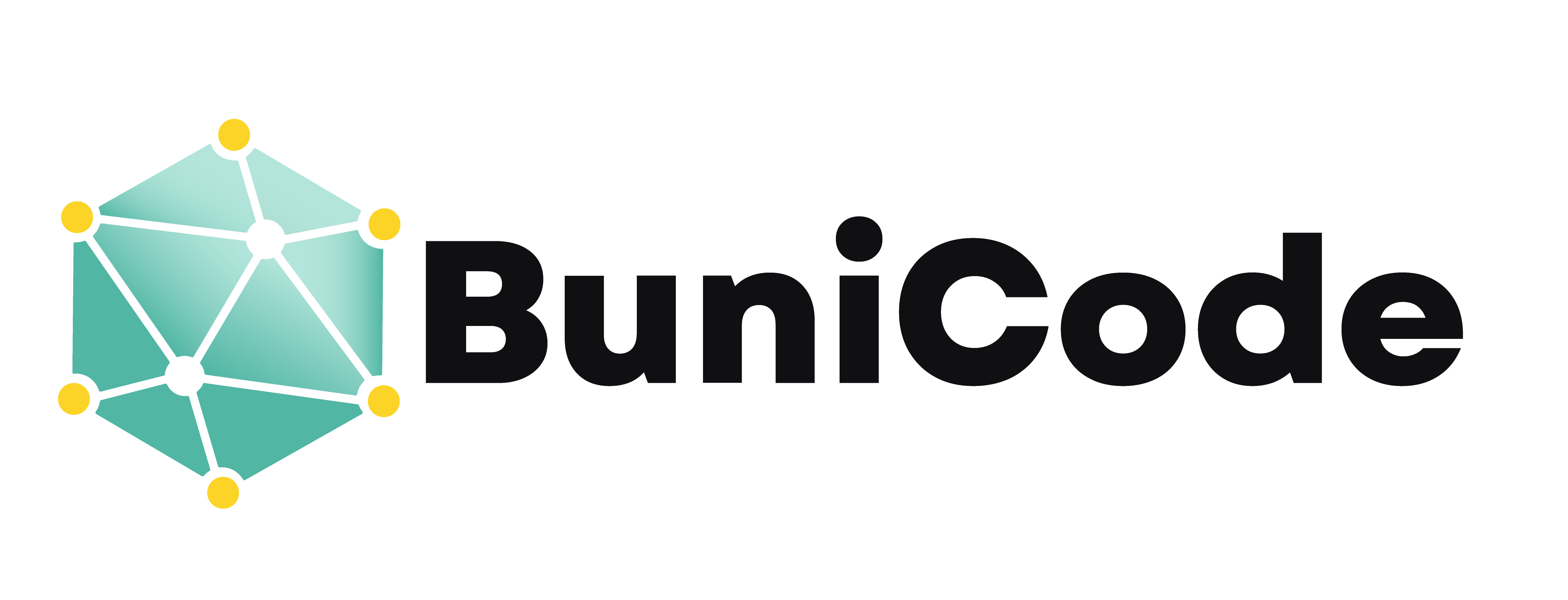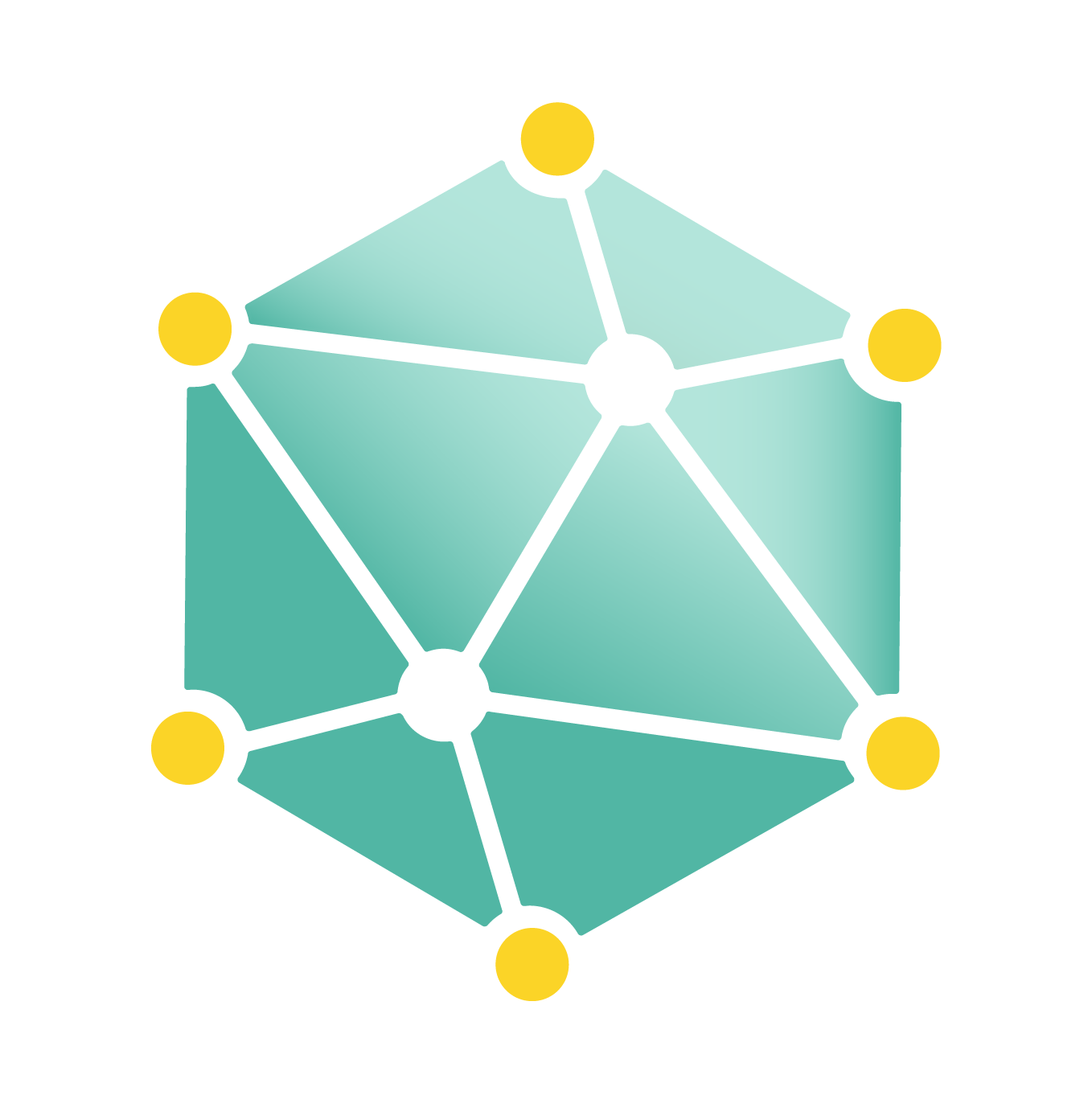If you’re new to tech, you might be thinking: “What exactly is the Software Development Life Cycle and why does it sound so serious?” Don’t worry—you’re not alone!
The Software Development Life Cycle (SDLC) might sound like a fancy corporate term, but it’s really just a structured way of building software. It’s a roadmap that helps developers, designers, and businesses plan, build, test, and maintain high-quality digital products—without losing their minds.
In this guide, we’ll break it down into bite-sized, easy-to-understand parts. By the end, you’ll know exactly what the SDLC is, how it works, and why it’s essential in any successful software project.

1. So, What is Software Development Life Cycle (SDLC)?
The Software Development Life Cycle, or SDLC, is a step-by-step process that software teams follow to create software—from start to finish. It’s a framework that guides you through every stage of development so that nothing gets missed and everything is built properly.
Whether you’re creating a simple mobile app or a complex business software system, the SDLC keeps things organized, predictable, and efficient.
You can think of it like a recipe. You wouldn’t start baking a cake by randomly tossing ingredients into the oven, right? You’d follow a sequence: gather ingredients, mix them, bake, decorate, and then enjoy. The SDLC is that recipe—but for software.
2. The Key Stages of the Software Development Life Cycle
Now let’s walk through the core stages of the SDLC. While some models may differ slightly, these are the most common phases you’ll encounter:
a. Planning 📝
Every great software project starts with a plan. In this phase, the team identifies goals, sets timelines, and outlines resources.
You figure out what the software needs to do, who will use it, and what problems it will solve. It’s like creating a blueprint before you build a house.
Planning also helps identify possible risks and how to handle them before the project even begins.
b. Requirements Gathering 📋
This is where the business analysts and stakeholders work together to figure out the exact requirements of the software.
You ask questions like:
- What features should it have?
- Who are the end users?
- What are the technical constraints?
The goal here is to create a Software Requirements Specification (SRS) document—a detailed list of what the software must do.
c. Design 🎨
Once requirements are clear, the software design begins. Developers and designers work together to outline:
- How the system will be structured (architecture)
- How users will interact with it (UI/UX)
- What tools, programming languages, or frameworks will be used
Think of this as the blueprint phase—making sure everything is in place before coding begins.
d. Development 💻
Here’s where the magic happens—developers start writing the actual code based on the designs and requirements.
Frontend and backend developers build out features, connect databases, and bring the software to life. This phase usually takes the longest, and it’s where collaboration really matters.
Teams often use Agile or Scrum methodologies here to break work into small tasks and deliver results faster.
e. Testing 🧪
No one wants buggy software! That’s why testing is one of the most important stages of the Software Development Life Cycle.
Testers check if the software works correctly, loads fast, and doesn’t crash under pressure. There are different types of testing involved:
- Unit Testing
- Integration Testing
- User Acceptance Testing (UAT)
- Performance Testing
Fixing bugs now saves time (and customer frustration) later.
f. Deployment 🚀
Once the software passes testing, it’s ready to go live! The code is released to the real world where users can interact with it.
But deployment doesn’t mean the job is done—it’s just the beginning of a new chapter.
g. Maintenance & Updates 🔄
After launch, software needs to be maintained. That means fixing bugs, adding new features, updating security patches, and improving performance.
The SDLC doesn’t stop at delivery—it continues throughout the software’s life.
3. Why the Software Development Life Cycle Matters
You might be wondering, “Can’t developers just start coding and figure it out as they go?”
Well, they can—but that usually leads to missed deadlines, broken features, and lots of frustration.
Here’s why the SDLC is important:
- It gives a clear roadmap for the entire team to follow.
- It reduces project risks and miscommunication.
- It ensures quality, scalability, and long-term maintenance.
- It keeps projects on time and within budget.
- It makes your development process repeatable and reliable.
Without a defined life cycle, software projects become messy very quickly. The SDLC brings structure and success.
4. Different Models of the Software Development Life Cycle
Different SDLC models can be used depending on the project size and complexity. Here are the most common ones:
🔹 Waterfall Model – Traditional and linear. Each stage is completed before the next begins.
🔹 Agile Model – Flexible and iterative. Work is broken into small sprints for faster results and quick feedback.
🔹 Spiral Model – Combines design, prototyping, and risk management in cycles.
🔹 V-Model (Validation & Verification) – Like Waterfall but with testing after each stage.
Most modern teams prefer Agile or hybrid approaches, especially for fast-paced projects.
Final Thoughts: SDLC is the Backbone of Great Software
So, now you know—the Software Development Life Cycle is more than just a project checklist. It’s a proven framework that keeps software projects running smoothly from idea to deployment and beyond.
Whether you’re a new developer, a tech enthusiast, or a business planning your next digital product, understanding SDLC helps you make smarter decisions, build better software, and achieve better results.
💡 Remember: Great software isn’t just built—it’s thoughtfully planned, tested, and improved. That’s what SDLC is all about.
📌 Want to learn more about development processes, tech tools, and smarter software building? Visit our Software Development Blog Hub for more guides and resources.



